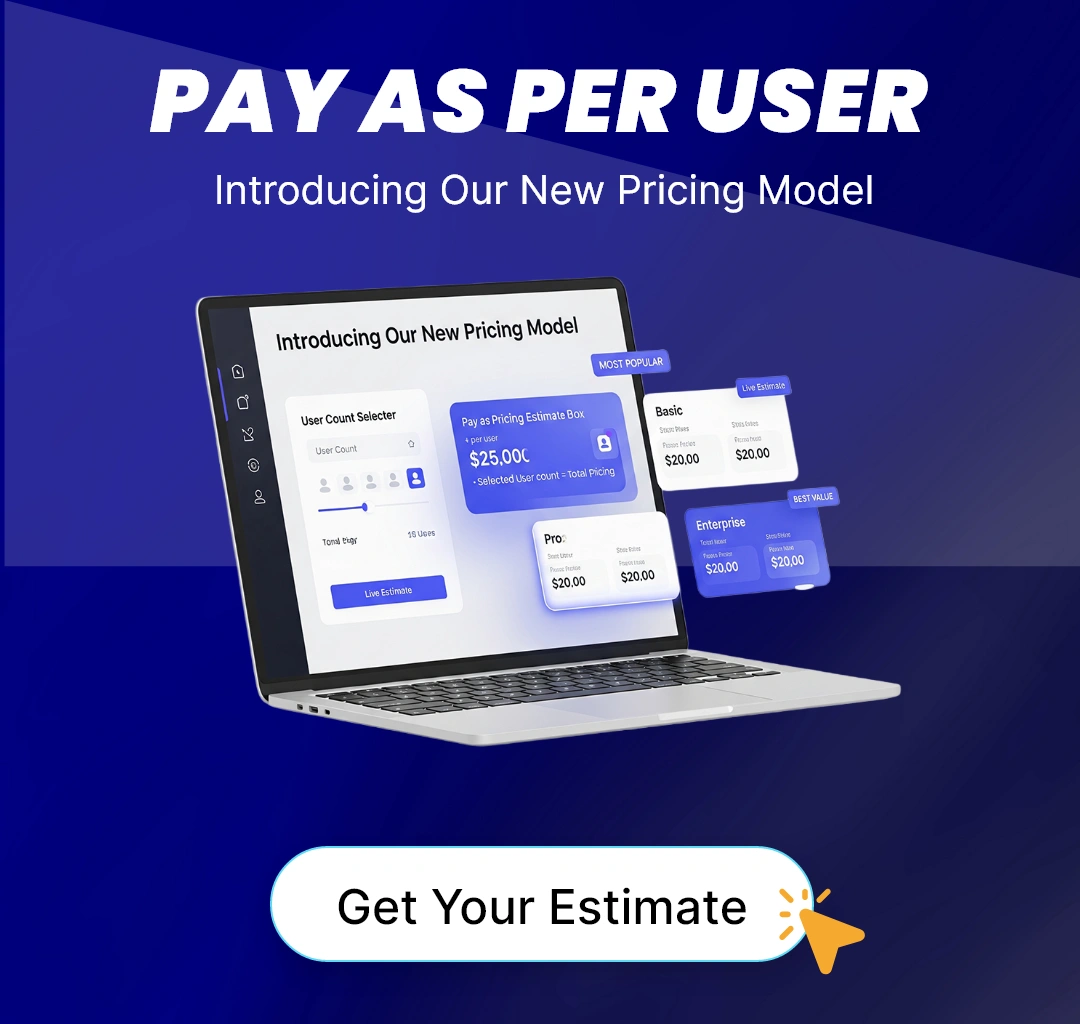Introduction
The debate between online and classroom learning has been ongoing for years, with each offering distinct advantages and challenges. As education continues to evolve, especially with advancements in technology, the lines between these two learning methods are becoming increasingly blurred. With the rise of eLearning platforms, mobile apps, and flexible learning options, both methods are now more accessible than ever before. Whether you’re a working professional, a student, or someone looking to upskill, it’s crucial to understand which learning environment suits your needs and preferences. In this blog, we’ll dive into the pros and cons of both classroom and online learning, with insights into how each approach can impact your educational journey.












